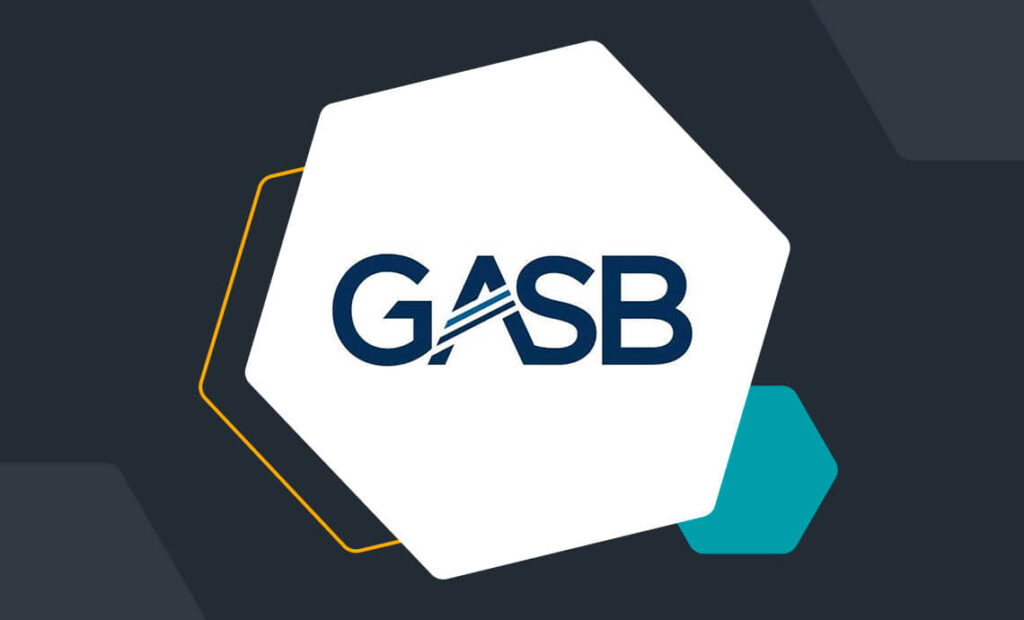Reading Time: 4 minutes
Preparing for an audit is a year-round task and requires your nonprofit’s full attention. While you may not be required by law to conduct an audit, the process has several undeniable benefits. Audits can:
- Show you’re a good financial steward of the funds your donors and grantmaking organizations provide
- Reassure your supporters that your nonprofit manages its operations efficiently
- Give board members and executives accurate financial data to make informed decisions
Preparing for an audit isn’t as daunting a task as it used to be. Here are the phases of an audit with tips your organization can consider to make the audit process easier:
Pre-Audit Preparation
Select an Auditor
An audit is a partnership. Organizations should look for an auditor or CPA firm with expertise and knowledge of nonprofit accounting and tax-exempt charitable organizations. Your organization should select an auditor with the skills and experience to properly support your organization’s overall needs and strategic objectives.
Operate as Normal
Throughout your calendar year, your nonprofit will be preparing for an audit. Your nonprofit’s finance team should:
- Collect relevant documents and figures year-round and keep them in a central location that’s easy to access
- Prepare electronic and hard copies into an “audit binder” with standard documentation for bank accounts, investment accounts, fixed assets, payroll, and other relevant documents
- Designate one person, likely your controller, to serve as the point of contact when the audit team has questions
How MIP Helps
MIP® provides a complete 360° picture of your nonprofit’s finances. Our fund accounting software is fully equipped with features that increase efficiency and ensure you’re accurately portraying your organization as a strong fiscal steward. MIP features:
- Strong Internal Controls
Internal controls inhibit intentional or unintentional misappropriation of funds. You can configure the system to control transaction entries and define which segments can or cannot be combined, and you can automate business rules to prevent certain kinds of errors.
- Robust Security Controls
MIP allows your organization to control which users have access to certain information. For example, each program manager can be given access to budgets only for their programs.
- A Fully Auditable General Ledger
As you make changes to invoices throughout the year, your organization and your auditor will have complete visibility into all those changes, allowing for full transparency.
- Transaction Reports
Quickly filter for transaction information and include detail regarding entry or modification such as user ID, date, and time. Further breakdown reports by segments, descriptions, debits, credits, attachment count, and others.
- System Audit Trail
Track any changes that are made to the system by user ID. All changes are time stamped and list the terminal server from which a user made the change.
- Summary Organization Audit
This additional audit shows changes to vendor records and transactions. With this audit, you can see if checks are printed and then deleted from the system.
- Advanced Security Module
Our advanced audit allows you to track detailed before and after changes. This is important for payroll pay rates or vendor address changes. The advanced security module enables you to grant rights to specific users only to use specific general ledger coding.
During the Audit
When it’s time for the audit, your nonprofit will receive an auditor engagement letter or proposal for audit work and services. This will outline what supporting schedules and documentation will be needed.
After receiving this letter, your finance staff or audit committee members should meet with your organization’s auditor to discuss a clear timeline and work milestones. Your team should then reference its audit binder and update it with the latest findings, and then the designated point of contact person will assign responsibilities to other team members.
While the audit is underway, your auditor (and their supporting team) will work onsite at your organization to review all the information needed to issue an opinion on your financial statements. The auditors are likely to have regular conversations with your designated staff member to clear up any questions.
How MIP Helps
During the audit, your organization will grant temporary access to MIP for your auditor to review necessary documents electronically. MIP features:
- Auditor-only Reports
Your organization can create a report for your auditor that specifies who has access to what, demonstrating an essential facet of your internal controls.
- Compliance
Quickly generate a Statement of Activities for your auditors to examine and document expenses back to each grant. Your Statement of Activities will show what your organization’s expenses are in one location, without multiple spreadsheets.
- Classify Net Assets
MIP allows for simple net asset classification with donor restriction or without donor restriction within the software. Provide this information to your auditors and save them time on reconciliation.
- Easily Pull Grant Information
Track grants by funding source, group them by state or federal grantors, and assign attributes to each grant. This is especially helpful when determining if you require a single audit because it clearly shows whether your organization passes the monetary threshold.
After an Audit
After your auditor has completed their work, they’ll submit their final report to your nonprofit’s board of directors or audit committee for its review. The final report will document areas where the auditor was concerned.
The audit process can be hectic, but your organization can lay the groundwork for a successful audit year-in and year-out by putting in the prep work and partnering with a fund accounting solution.
Learn more about how MIP Fund Accounting can make your next audit your best. Simplify the audit process today.
Share this post





